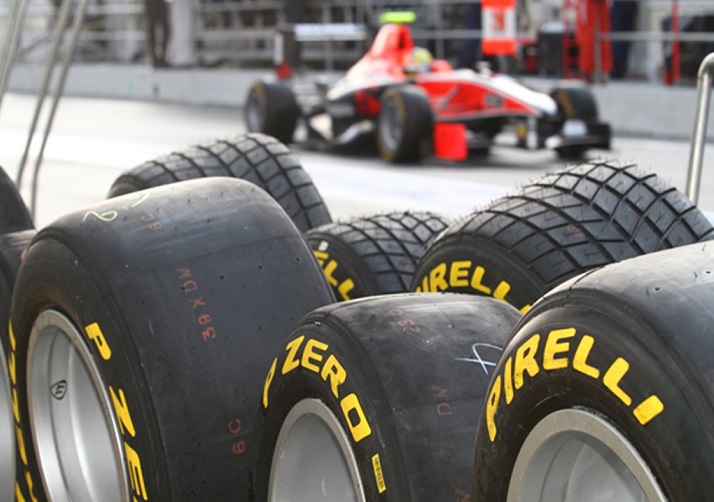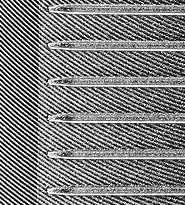Get a Grip...On the Ball!
/ What do racing tires have in common with wedge play in golf? Read on because there might be a lot more to this than you might think.
What do racing tires have in common with wedge play in golf? Read on because there might be a lot more to this than you might think.
It's all about traction or friction, or more simply put - grip. The more the tires grip the road, the faster the driver can go and the more our clubface grips the ball, the lower the flight and the more the ball spins. Let's look at how these tires work and see if we can draw a few parallels to how the specialized clubface on our wedges interact with the golf ball....
On a dry, sunny day day a race car will have tires that are wide, soft and completely grooveless. The tires are wide and grooveless in order to get as much rubber in contact with the road. Any grooves simply decrease the amount of traction the tire exerts on the road. They are softer than normal tires to increase traction. In rainy conditions the drivers will switch to tires with grooves (as seen above). The grooves on the tires channel water away from the road and thus allow the flat portion of the tire to grip the road cleanly. Grooves reduce the amount of rubber in contact with the road, thus reducing traction.
Club manufacturers now make their top tier wedges with a milled, legally grooved clubface. The milling on the clubface represents the softness of the racing tire as it allows the cover of the ball to settle into the mini grooves, even on these partial shots, and friction is increased. Our clubface needs grooves because we encounter many different lies during a round of golf. Many of those lies dictate that matter (grass/moisture) will be trapped between the face and the ball, greatly reducing friction. Grooves are not on the clubface for spin, but primarily as a channel to keep matter from being caught between the face and ball thus decreasing grip. Race car drivers have the luxury of changing tires for rainy conditions, while golfers do not have the luxury of changing their clubface for a variety of lies.
If we hit all our pitch or partial wedge shots off a tee using a premium ball and there was no way any grass or moisture could interrupt friction I actually believe a non-grooved, yet milled clubface would actually spin the ball as much or slightly more than the current grooved clubface designs. Good luck trying to convince your playing partners to go for that idea, but isn't it helpful to know how the clubface is really designed to interact with the cover of the ball?
A milled clubface will increase friction in a similar fashion that softer racing tires will, but those milling lines also wear out like a softer tire does. If you are a competitive golfer have a practice set and a tournament set of wedges. This way you'll always have that lower, spinning wedge shot when it matters most....







